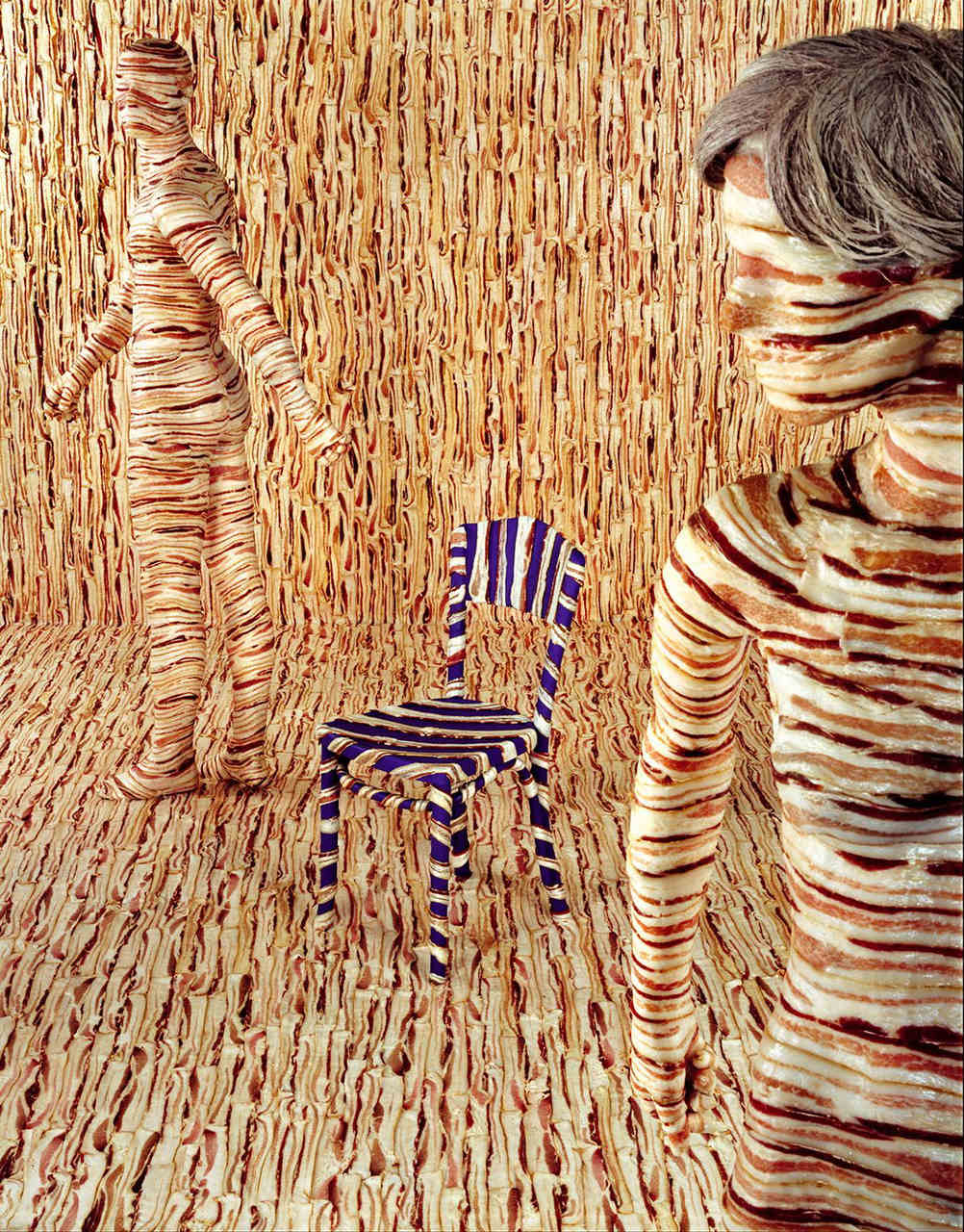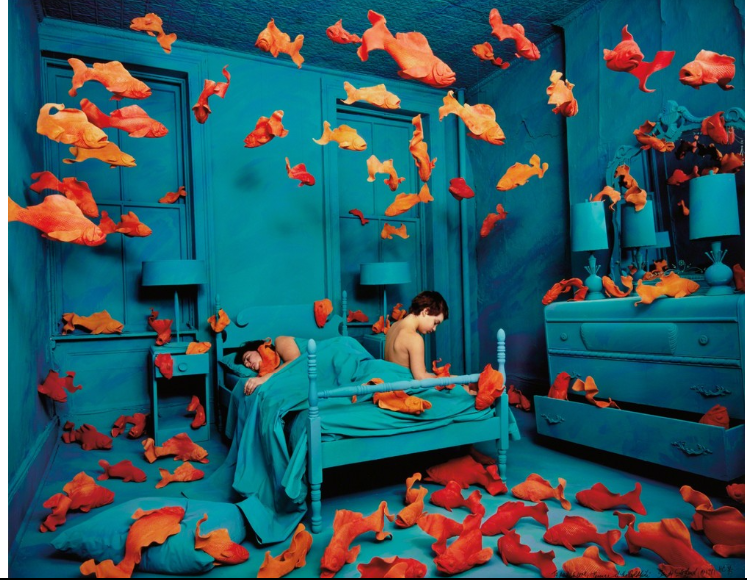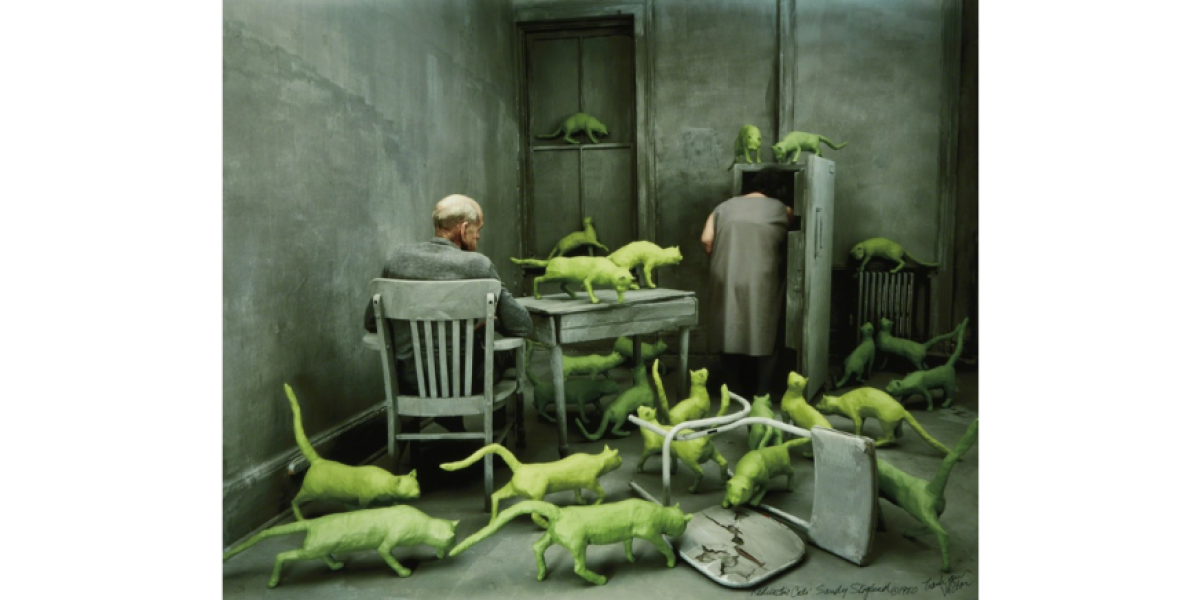The Unorthodox Artistry of Sandy Skoglund
Now, we often hear the phrase ‘art is subjective’. And it’s true, what’s pure genius to one person might be a complete eyesore to the person next to them. The phrase is never more relevant when it comes to art that is really working outside of the parameters of tradition, made by artists who are seeking to provoke with their unorthodoxy and have each observer wondering ‘just what is this person trying to say?’. Sandy Skoglund is one who seeks to do just this.
Few modern artists’ work has provoked as many questions while garnering as much respect as surrealist photographer and installation artist Sandy Skoglund. The now 75-year-old American has made a career out of confounding onlookers with her truly unique tableux-style works. Despite her flair for the obscure, Skoglund’s works often contain a certain pattern to them, showcasing one or more of her signature touches. She frequently employs the use of repeated brightly coloured objects situated in environments with backgrounds of strongly contrasting colours, making each object visually bounce off of its contrasting background.
Arguably her most famous and well-regarded piece, Radioactive Cats (pictured above) is a perfect example of this artistic philosophy in action. Another of Skoglund more, uh, let’s say, unconventional works features a room, a chair and two mannequins dressed entirely in strips of bacon (let’s hope they whipped up one hell of a fry-up once the photo was taken).

This work (titled Body Limit) showcases Skoglund’s ability to use the practical tools and techniques in her arsenal to create something visually unique and stimulating, a facet of photography that might be less common in the modern day due to the massively advanced capabilities in the digital side of the art form.

Skoglund’s craft goes far beyond her ability to frame and compose an image behind the camera, as many of the subjects of her work are sculpted with her own two hands. This is particularly impressive in works like her 1981-piece Revenge of the Goldfish, just due to the sheer number of props involved. As with the vast majority of abstract artworks, the ambiguous nature of much of Skoglund’s work generates significant discussion of its meaning and Skoglund herself frequently holds her cards close to her chest in this regard. Regardless of ones’ interpretation of the meaning of each piece, one thing is for sure; you could never suggest her style is by any means ordinary.









